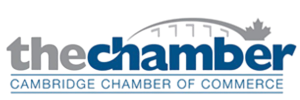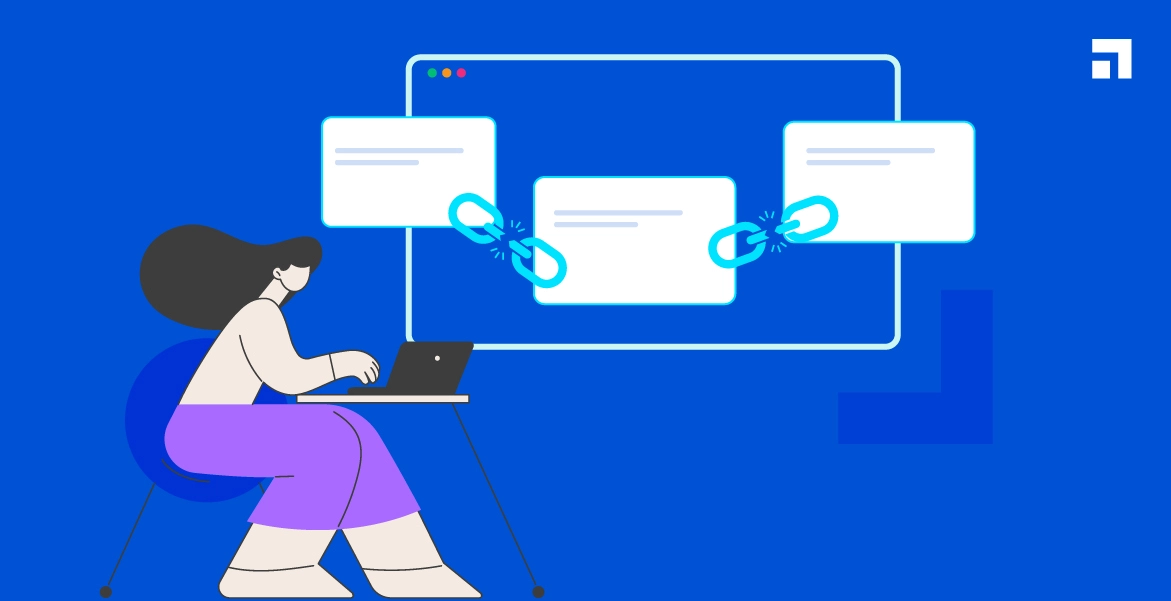Hello, Dave Fox here from Starscape SEO. In today’s digital era, having a responsive website is no longer just a nice-to-have—it’s an absolute must.
With most internet users browsing from mobile devices, it’s essential to have a website that looks great and functions seamlessly on screens of all sizes.
This is even more crucial due to Google’s mobile-first indexing approach, where the mobile version of your website is prioritized in search engine rankings.

Whether you’re a web developer aiming to enhance your skill set or a business owner ensuring your site is optimized for mobile users, this article will walk you through five essential strategies for implementing responsive web design.
We’ll begin with foundational concepts and gradually move into more advanced techniques to ensure your website is fully equipped for today’s mobile-first world.
What is Internal Linking?
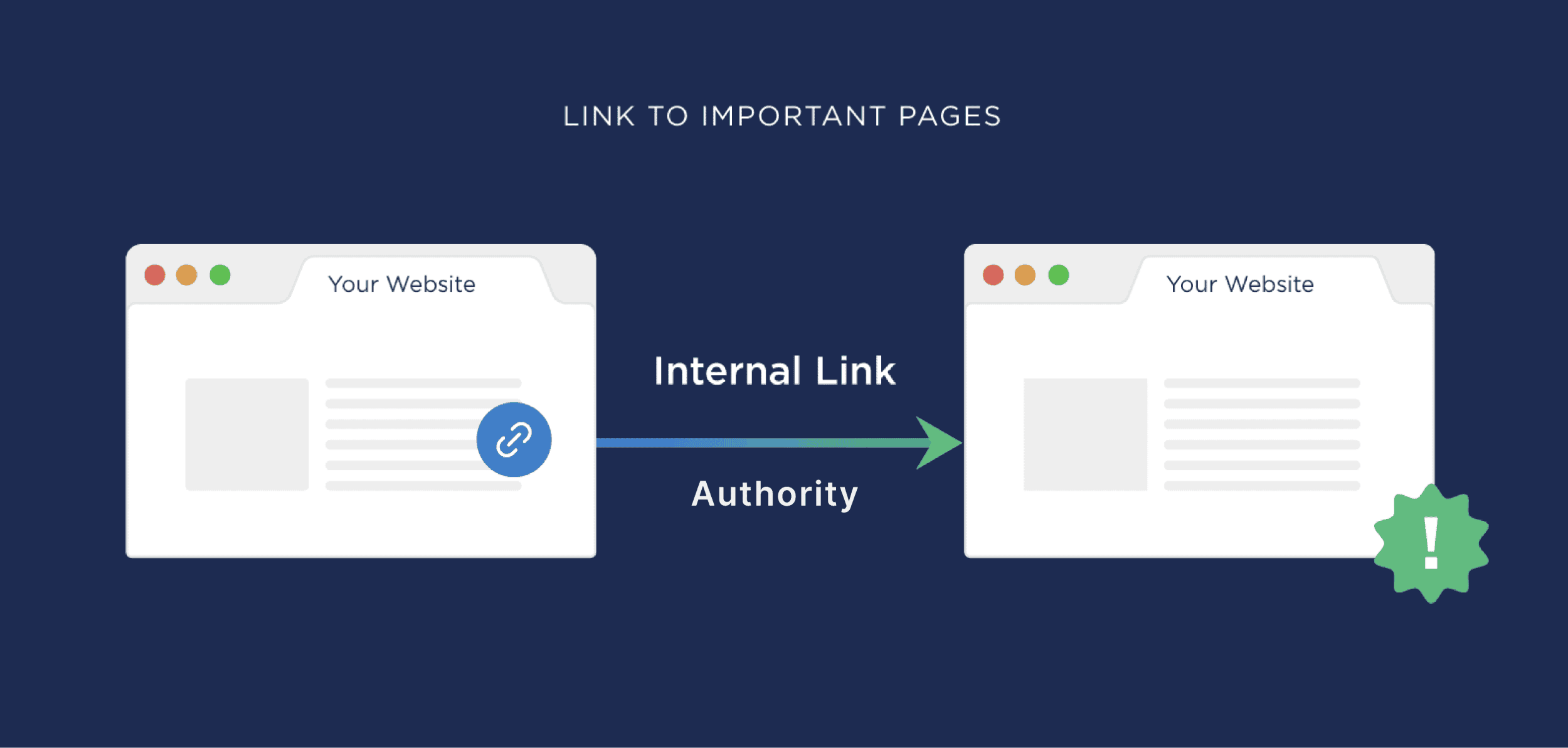
Internal linking is a crucial yet often overlooked element of search engine optimization (SEO).
While many SEO strategies focus on external backlinks from other websites, internal linking — the practice of linking to other pages within the same website — can significantly enhance a site’s performance in search engine rankings.
Understanding the benefits of internal linking is essential for anyone looking to optimize their website and improve user experience.
Improved Website Navigation
One of the primary benefits of internal linking is that it enhances website navigation.
By strategically placing links within your content, you guide users to related articles, products, or services.
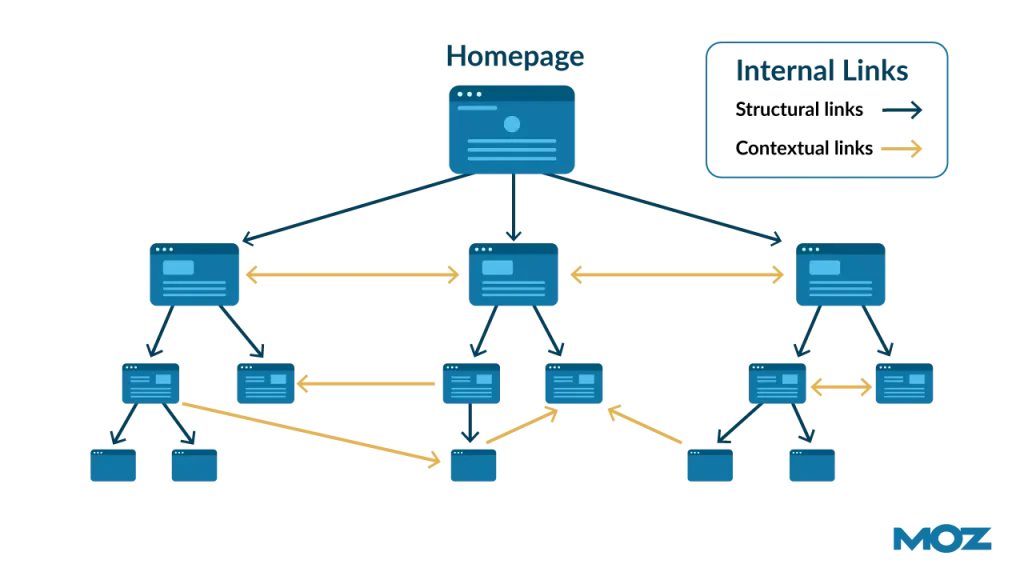
This not only helps visitors find the information they are looking for but also encourages them to explore more pages, thereby increasing the time they spend on your site.
A well-structured internal linking strategy creates a more intuitive and user-friendly website, which can lead to higher engagement and reduced bounce rates.
Enhanced User Experience
Internal links provide a roadmap for users, guiding them through your website in a way that adds value to their visit.
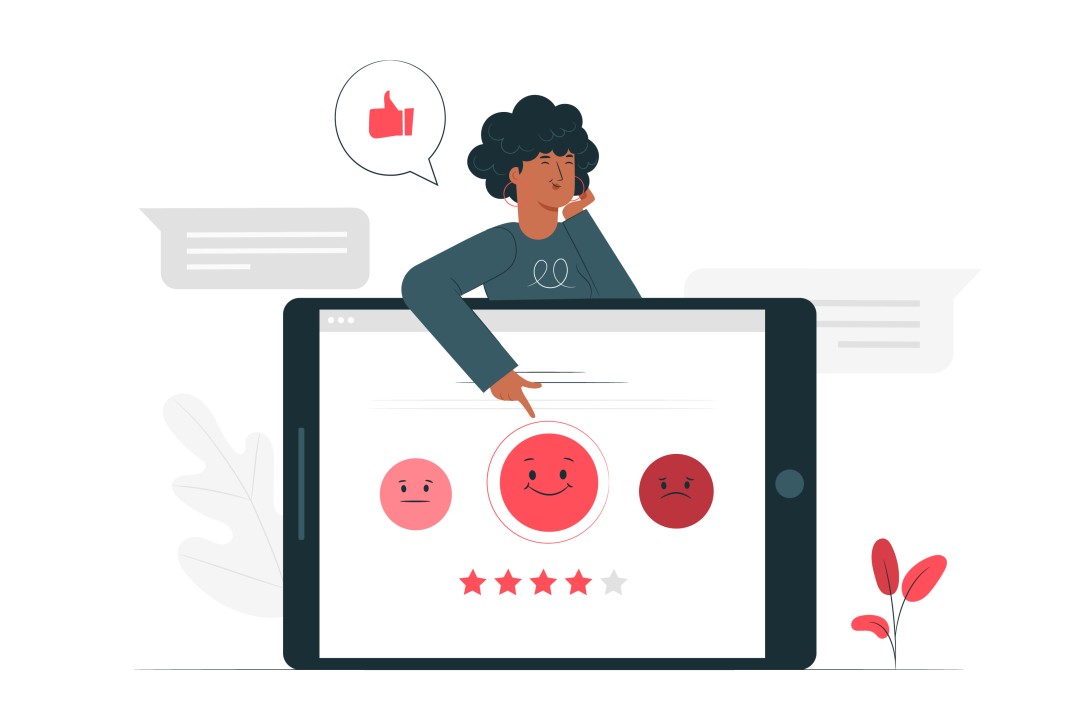
For instance, if someone is reading an article about “healthy eating habits,” an internal link to another article on “meal planning tips” can provide additional information that complements their current reading.
This logical flow of information keeps users engaged and satisfied, making them more likely to return to your site in the future.
Distributing Page Authority and Ranking Power
Page authority is a critical factor in SEO, determining how well a page might rank in search engine results.
Internal linking helps distribute page authority (sometimes referred to as “link juice”) across your website.
When you link from a high-authority page to a lower-authority one, some of that authority is transferred, which can help improve the ranking of the linked page.
This practice is particularly beneficial for newer pages or pages that don’t have many external backlinks, allowing them to benefit from the authority of more established pages.
Helping Search Engines Crawl and Index Your Site
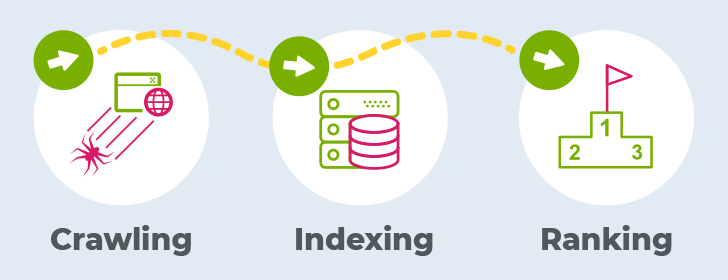
Search engines use bots to crawl and index web pages, and internal links play a vital role in this process.
By creating a well-linked internal structure, you make it easier for search engines to discover new content on your site.
When bots encounter internal links, they follow them to discover additional pages, ensuring that more of your content is indexed and potentially ranked in search results.
This can be especially important for large websites or e-commerce sites with numerous pages.
Boosting SEO by Highlighting Key Content
Internal linking allows you to highlight your most important content, signaling to both users and search engines which pages are most valuable.
By linking frequently to cornerstone content — key articles or pages that represent the main topics of your site — you help search engines understand your site’s structure and the relative importance of each page.
This strategy not only improves the SEO of those important pages but also clarifies the thematic focus of your website, which can enhance your overall search visibility.
Increasing Conversion Rates
Strategically placed internal links can also lead to higher conversion rates.
By directing visitors to relevant content, products, or services, you increase the chances of them taking action, whether it’s signing up for a newsletter, purchasing a product, or filling out a contact form.
For example, if a user lands on a blog post about “the benefits of a balanced diet,” an internal link to a related product page for a nutrition guide or supplement can directly lead to a conversion.
Lowering Bounce Rates
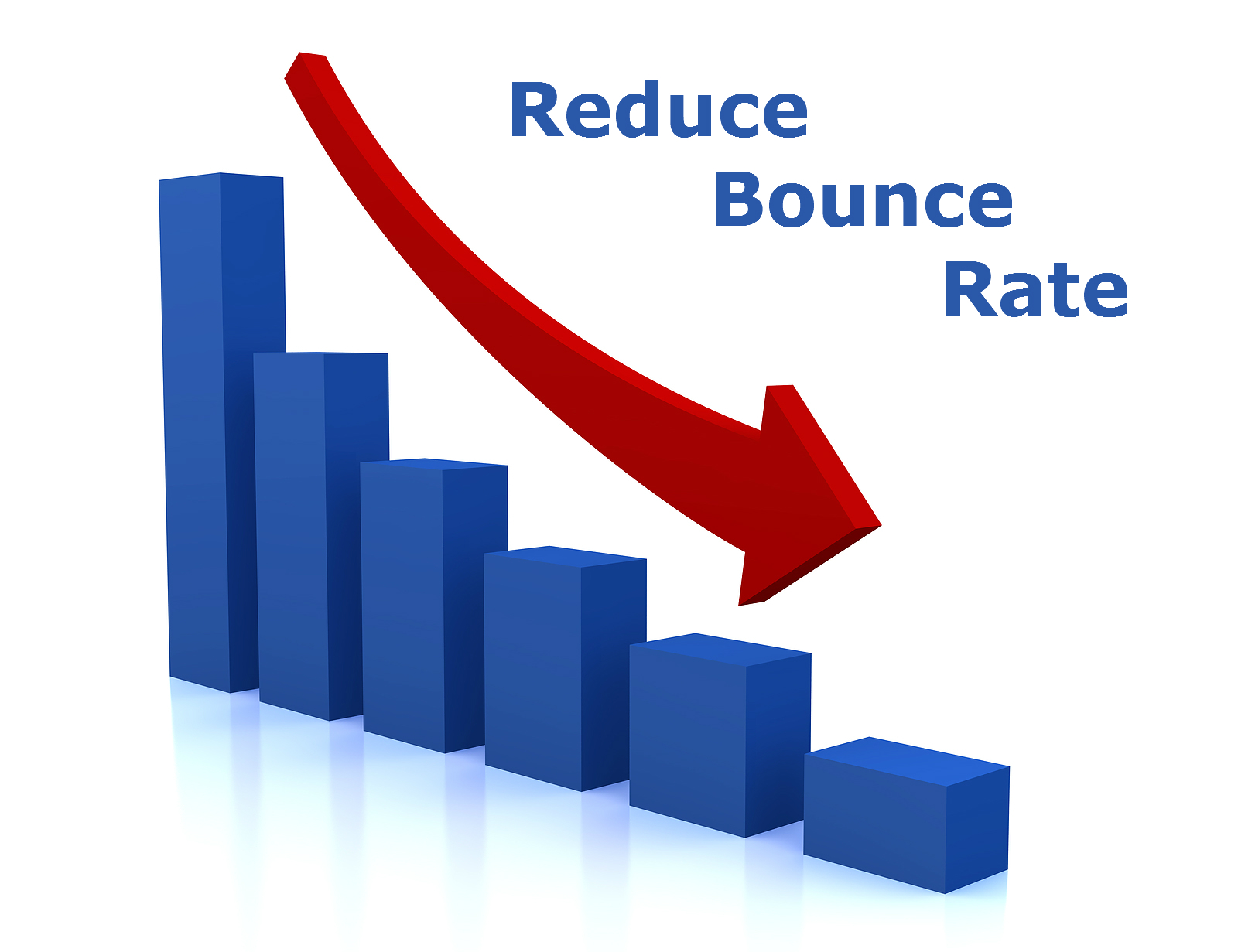
Bounce rate refers to the percentage of visitors who leave your site after viewing only one page.
High bounce rates can negatively affect your SEO, as they may indicate to search engines that your content isn’t engaging or relevant.
Internal linking encourages users to explore more of your site, thereby lowering the bounce rate.
When users click on internal links, they spend more time on your site and engage with more content, which sends positive signals to search engines about the quality and relevance of your website.
Conclusion
Internal linking is a powerful tool in the SEO arsenal, offering numerous benefits from improved user experience to enhanced search engine rankings.
By carefully planning and implementing an internal linking strategy, you can guide users through your site, distribute page authority, improve indexing, and ultimately, boost your SEO efforts.
Don’t underestimate the impact of internal linking — it’s a simple yet effective way to strengthen your website’s visibility and performance in search engines.
For more tips and insights on responsive design and SEO, stay tuned to our blog or reach out to Starscape SEO.

Call or Text Starscape SEO: (519) 208-8680
